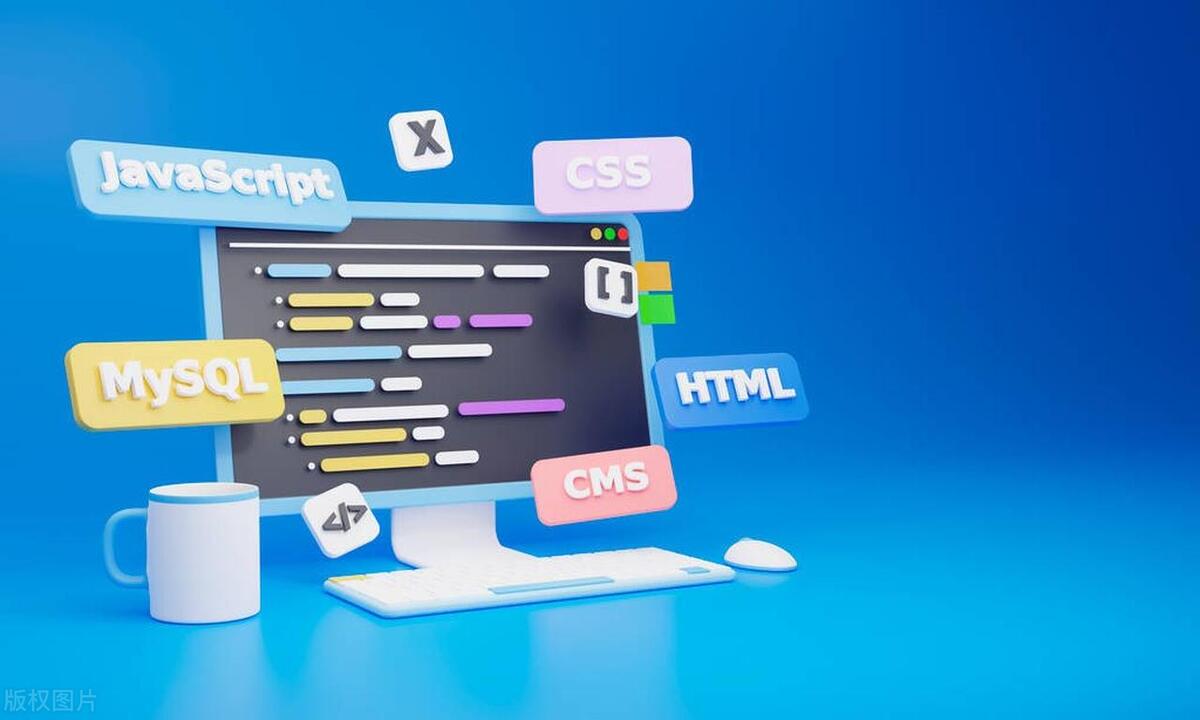Service Workers and PWAs enable offline-first web apps by combining background scripting, caching, and app-like features. 1. Service Workers act as network proxies, intercepting requests and managing caches using strategies like cache-first or stale-while-revalidate. 2. Precache core assets during installation to ensure the app shell loads offline. 3. Implement runtime caching for dynamic content like API responses. 4. Add a web app manifest to define installable app properties such as name, icons, and display mode. 5. Register the Service Worker in JavaScript to activate offline capabilities. 6. Serve an offline fallback page when network and cache fail, maintaining user experience. 7. Version caches and clean up old ones during activation to prevent staleness. 8. Use Workbox to streamline caching and sync workflows. 9. Test offline behavior using browser DevTools. Building offline-first improves reliability, speed, and engagement for all users, especially on unreliable networks, and is achievable through progressive enhancement.

Building offline-first web apps has become not just a nice-to-have, but a practical necessity—especially for users with unreliable internet connections or those using web apps on mobile devices. At the heart of this capability are Service Workers and Progressive Web Apps (PWAs). Together, they enable fast, reliable, and engaging experiences, even when the network is slow or completely absent.

Let’s break down how Service Workers and PWAs work together to make offline-first possible—and how you can start building apps that work seamlessly without a connection.
What Are Service Workers?
A Service Worker is a script that runs in the background, separate from the web page, and acts as a programmable network proxy. It intercepts network requests, manages caches, and enables features like push notifications and background sync.

Key characteristics:
- Runs in a worker context (no DOM access)
- Operates on a separate thread
- Must be served over HTTPS (or localhost during development)
- Lifecycle includes registration, installation, activation, and termination
The real power of Service Workers lies in their ability to intercept and handle network requests, allowing developers to serve cached content when the network is unavailable.

How Service Workers Enable Offline Functionality
To build an offline-first app, you need to ensure core content and functionality are available even when there’s no network. Here’s how Service Workers make that happen:
1. Caching Strategies
Service Workers let you define how and what to cache. Common strategies include:
- Cache-first: Serve from cache; only go to network if not cached
- Network-first: Try network first, fall back to cache
- Stale-while-revalidate: Serve from cache immediately, update cache in background
- Cache-only: Useful for static assets that rarely change
For offline-first apps, a cache-first with network fallback approach often works best.
2. Precaching Critical Assets
During the Service Worker’s install event, you can pre-cache essential files like HTML, CSS, JS, and images:
const CACHE_NAME = 'v1';
const PRECACHE_URLS = [
'/',
'/styles/main.css',
'/scripts/app.js',
'/images/logo.png'
];
self.addEventListener('install', (event) => {
event.waitUntil(
caches.open(CACHE_NAME)
.then(cache => cache.addAll(PRECACHE_URLS))
);
});This ensures the app shell is available offline from the first visit.
3. Runtime Caching for Dynamic Content
Use the fetch event to cache assets on-demand, like API responses or user-generated content:
self.addEventListener('fetch', (event) => {
if (event.request.destination === 'script' || event.request.destination === 'style') {
event.respondWith(
caches.match(event.request).then(cached => cached || fetch(event.request))
);
}
});You can extend this to cache JSON data from APIs, enabling offline access to previously loaded content.
Turning Your App into a PWA
A Progressive Web App is a web application that uses modern web capabilities to deliver an app-like experience. To be considered a PWA, your app should:
- Be reliable (works in poor or no network conditions)
- Be fast (responds quickly to user interactions)
- Be engaging (feels like a native app, with home screen install, push notifications, etc.)
Here’s what you need to make your app a true PWA:
1. Web App Manifest
Add a manifest.json file to define how your app appears when installed:
{
"name": "My Offline App",
"short_name": "OfflineApp",
"start_url": "/",
"display": "standalone",
"background_color": "#ffffff",
"theme_color": "#000000",
"icons": [
{
"src": "icon-192.png",
"sizes": "192x192",
"type": "image/png"
},
{
"src": "icon-512.png",
"sizes": "512x512",
"type": "image/png"
}
]
}Link it in your HTML:
<link rel="manifest" href="/manifest.json">
2. Register the Service Worker
In your main JavaScript file:
if ('serviceWorker' in navigator) {
window.addEventListener('load', () => {
navigator.serviceWorker.register('/sw.js')
.then(reg => console.log('SW registered:', reg.scope))
.catch(err => console.log('SW registration failed:', err));
});
}3. Handle Offline States Gracefully
Even with caching, some requests will fail. Inform users with an offline fallback page or UI:
self.addEventListener('fetch', (event) => {
event.respondWith(
caches.match(event.request)
.then(cached => {
return cached || fetch(event.request)
.catch(() => caches.match('/offline.html'));
})
);
});Design a friendly offline.html page to maintain user trust.
Advanced Tips for Offline-First Success
- Version your caches: Use cache names with version numbers to avoid stale content.
-
Clean up old caches: Use the
activateevent to remove outdated caches. - Use Workbox: Google’s Workbox library simplifies caching, precaching, and background sync.
- Test offline behavior: Use DevTools (Application > Service Workers) to simulate offline mode and check caching.
Final Thoughts
Service Workers and PWAs are powerful tools that bring native-app resilience to the web. By designing your app to work offline-first, you’re not just accommodating poor connectivity—you’re building a faster, more reliable experience for all users.
Start small: cache your app shell, add a manifest, and progressively enhance. Over time, you can add background sync, push notifications, and dynamic content caching.
It’s not magic—it’s just good web engineering. And it’s more achievable than ever.
The above is the detailed content of Service Workers and PWAs: Building Offline-First Web Apps. For more information, please follow other related articles on the PHP Chinese website!

Hot AI Tools

Undress AI Tool
Undress images for free

Undresser.AI Undress
AI-powered app for creating realistic nude photos

AI Clothes Remover
Online AI tool for removing clothes from photos.

Clothoff.io
AI clothes remover

Video Face Swap
Swap faces in any video effortlessly with our completely free AI face swap tool!

Hot Article

Hot Tools

Notepad++7.3.1
Easy-to-use and free code editor

SublimeText3 Chinese version
Chinese version, very easy to use

Zend Studio 13.0.1
Powerful PHP integrated development environment

Dreamweaver CS6
Visual web development tools

SublimeText3 Mac version
God-level code editing software (SublimeText3)

Hot Topics
 How does React handle focus management and accessibility?
Jul 08, 2025 am 02:34 AM
How does React handle focus management and accessibility?
Jul 08, 2025 am 02:34 AM
React itself does not directly manage focus or accessibility, but provides tools to effectively deal with these issues. 1. Use Refs to programmatically manage focus, such as setting element focus through useRef; 2. Use ARIA attributes to improve accessibility, such as defining the structure and state of tab components; 3. Pay attention to keyboard navigation to ensure that the focus logic in components such as modal boxes is clear; 4. Try to use native HTML elements to reduce the workload and error risk of custom implementation; 5. React assists accessibility by controlling the DOM and adding ARIA attributes, but the correct use still depends on developers.
 Describe the difference between shallow and full rendering in React testing.
Jul 06, 2025 am 02:32 AM
Describe the difference between shallow and full rendering in React testing.
Jul 06, 2025 am 02:32 AM
Shallowrenderingtestsacomponentinisolation,withoutchildren,whilefullrenderingincludesallchildcomponents.Shallowrenderingisgoodfortestingacomponent’sownlogicandmarkup,offeringfasterexecutionandisolationfromchildbehavior,butlacksfulllifecycleandDOMinte
 What is the significance of the StrictMode component in React?
Jul 06, 2025 am 02:33 AM
What is the significance of the StrictMode component in React?
Jul 06, 2025 am 02:33 AM
StrictMode does not render any visual content in React, but it is very useful during development. Its main function is to help developers identify potential problems, especially those that may cause bugs or unexpected behavior in complex applications. Specifically, it flags unsafe lifecycle methods, recognizes side effects in render functions, and warns about the use of old string refAPI. In addition, it can expose these side effects by intentionally repeating calls to certain functions, thereby prompting developers to move related operations to appropriate locations, such as the useEffect hook. At the same time, it encourages the use of newer ref methods such as useRef or callback ref instead of string ref. To use Stri effectively
 Vue with TypeScript Integration Guide
Jul 05, 2025 am 02:29 AM
Vue with TypeScript Integration Guide
Jul 05, 2025 am 02:29 AM
Create TypeScript-enabled projects using VueCLI or Vite, which can be quickly initialized through interactive selection features or using templates. Use tags in components to implement type inference with defineComponent, and it is recommended to explicitly declare props and emits types, and use interface or type to define complex structures. It is recommended to explicitly label types when using ref and reactive in setup functions to improve code maintainability and collaboration efficiency.
 Server-Side Rendering with Next.js Explained
Jul 23, 2025 am 01:39 AM
Server-Side Rendering with Next.js Explained
Jul 23, 2025 am 01:39 AM
Server-siderendering(SSR)inNext.jsgeneratesHTMLontheserverforeachrequest,improvingperformanceandSEO.1.SSRisidealfordynamiccontentthatchangesfrequently,suchasuserdashboards.2.ItusesgetServerSidePropstofetchdataperrequestandpassittothecomponent.3.UseSS
 How to handle forms in Vue
Jul 04, 2025 am 03:10 AM
How to handle forms in Vue
Jul 04, 2025 am 03:10 AM
There are three key points to be mastered when processing Vue forms: 1. Use v-model to achieve two-way binding and synchronize form data; 2. Implement verification logic to ensure input compliance; 3. Control the submission behavior and process requests and status feedback. In Vue, form elements such as input boxes, check boxes, etc. can be bound to data attributes through v-model, such as automatically synchronizing user input; for multiple selection scenarios of check boxes, the binding field should be initialized into an array to correctly store multiple selected values. Form verification can be implemented through custom functions or third-party libraries. Common practices include checking whether the field is empty, using a regular verification format, and displaying prompt information when errors are wrong; for example, writing a validateForm method to return the error message object of each field. You should use it when submitting
 Vue CLI vs Vite: Choosing Your Build Tool
Jul 06, 2025 am 02:34 AM
Vue CLI vs Vite: Choosing Your Build Tool
Jul 06, 2025 am 02:34 AM
Vite or VueCLI depends on project requirements and development priorities. 1. Startup speed: Vite uses the browser's native ES module loading mechanism, which is extremely fast and cold-start, usually completed within 300ms, while VueCLI uses Webpack to rely on packaging and is slow to start; 2. Configuration complexity: Vite starts with zero configuration, has a rich plug-in ecosystem, which is suitable for modern front-end technology stacks, VueCLI provides comprehensive configuration options, suitable for enterprise-level customization but has high learning costs; 3. Applicable project types: Vite is suitable for small projects, rapid prototype development and projects using Vue3, VueCLI is more suitable for medium and large enterprise projects or projects that need to be compatible with Vue2; 4. Plug-in ecosystem: VueCLI is perfect but has slow updates,
 What is content security policy CSP
Jul 04, 2025 am 03:21 AM
What is content security policy CSP
Jul 04, 2025 am 03:21 AM
Content Security Policy (CSP) prevents attacks such as XSS by limiting the loading source of web page resources. Its core mechanism is to set a whitelist to prevent unauthorized scripts from being executed. The steps to enable include: 1. Define the policy and clarify the allowed resource sources; 2. Add Content-Security-PolicyHTTP header to the server; 3. Use Report-Only mode to test and debug in the initial stage; 4. Continuous monitoring and optimization strategies to ensure that they do not affect normal functions. Notes include handling inline scripts, careful use of third-party resources, compatibility support, and other irreplaceable security measures.






